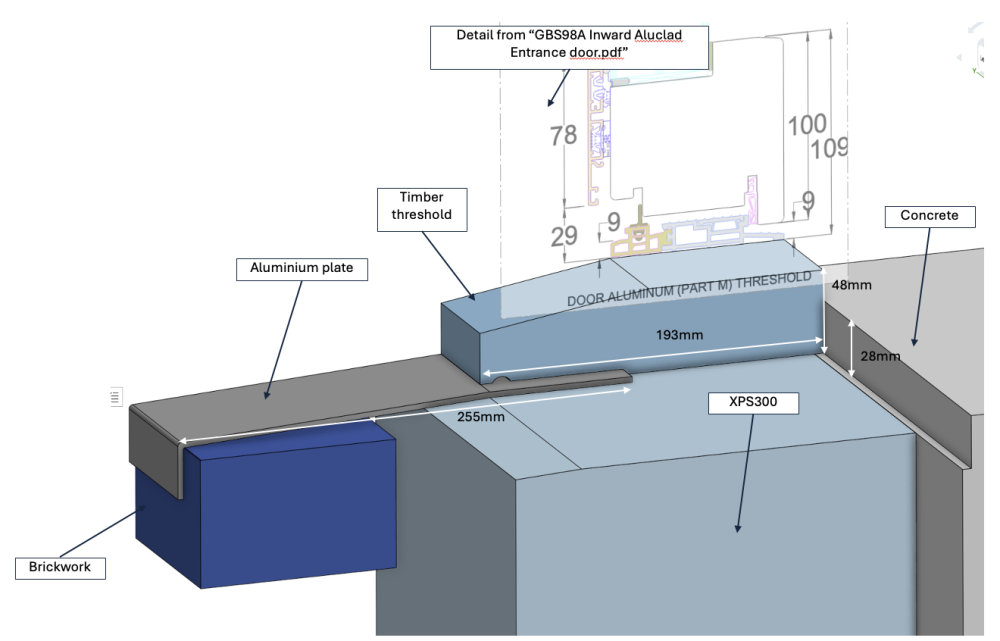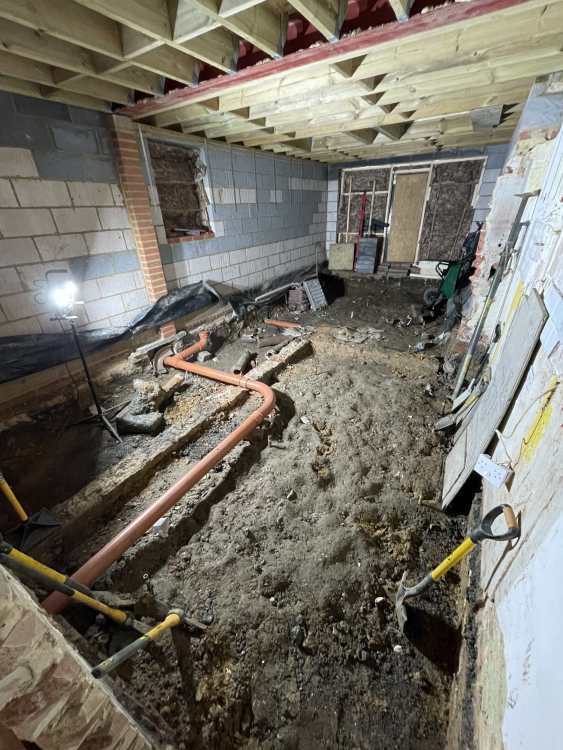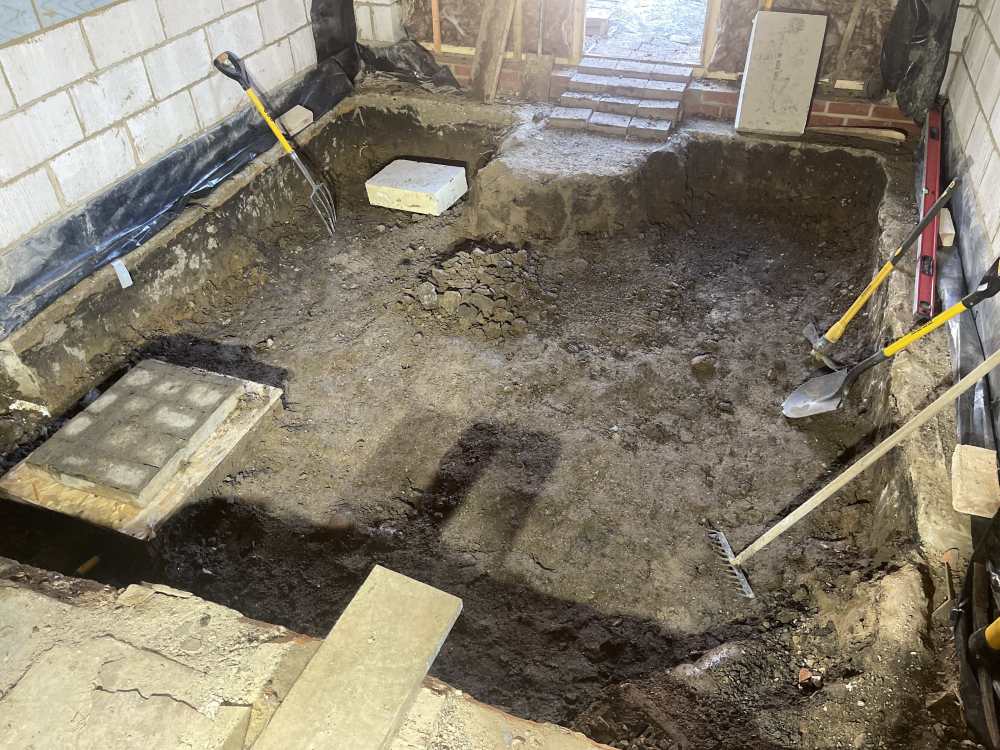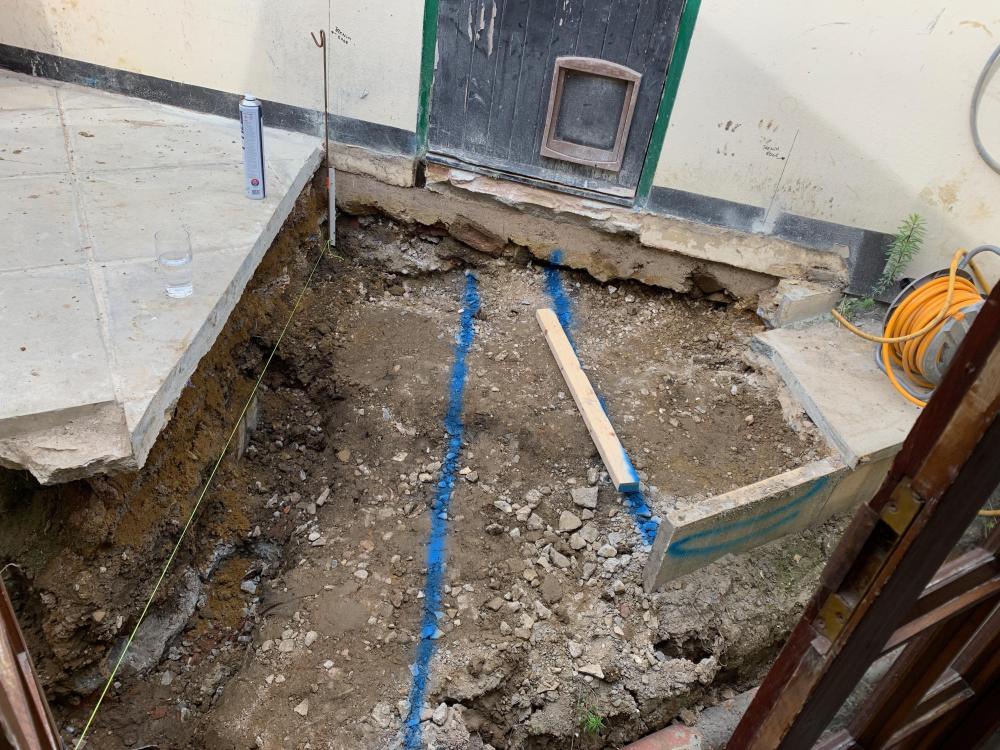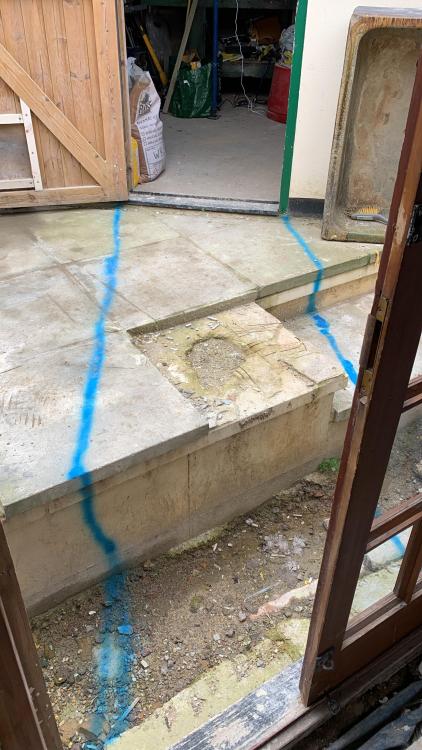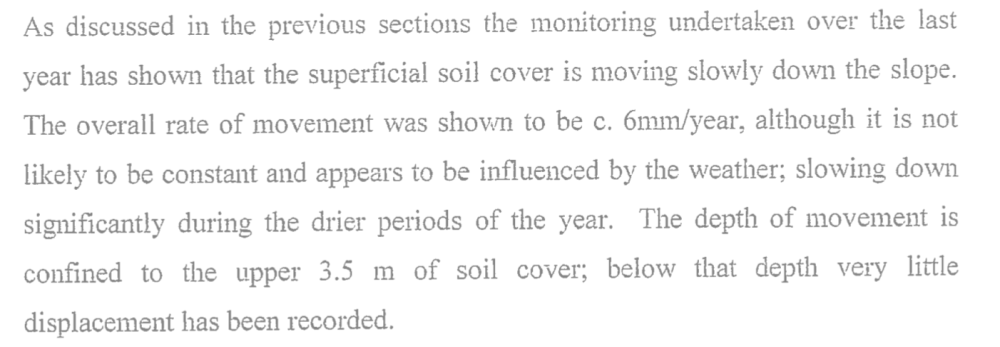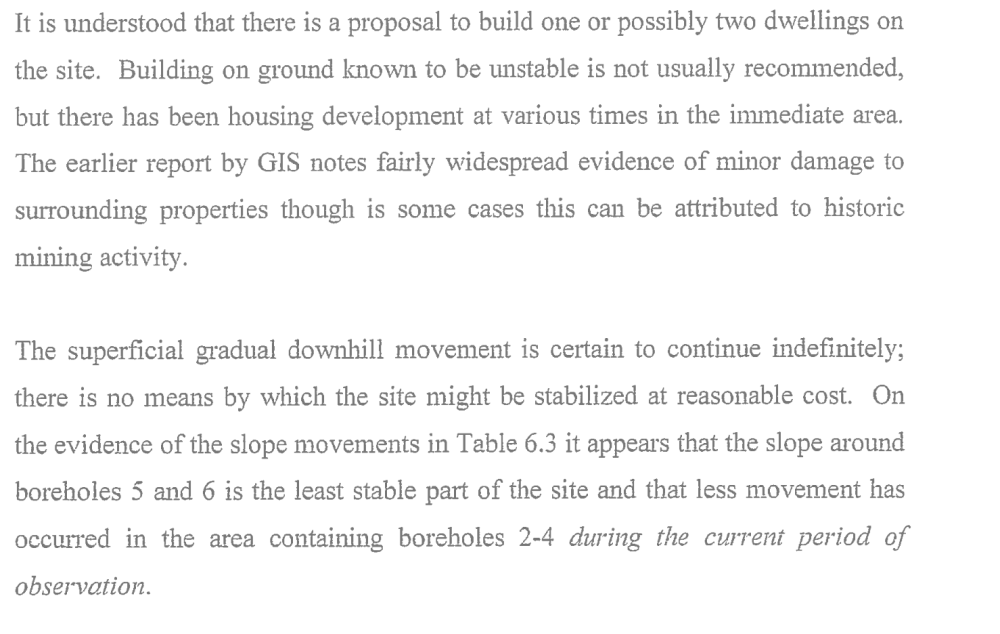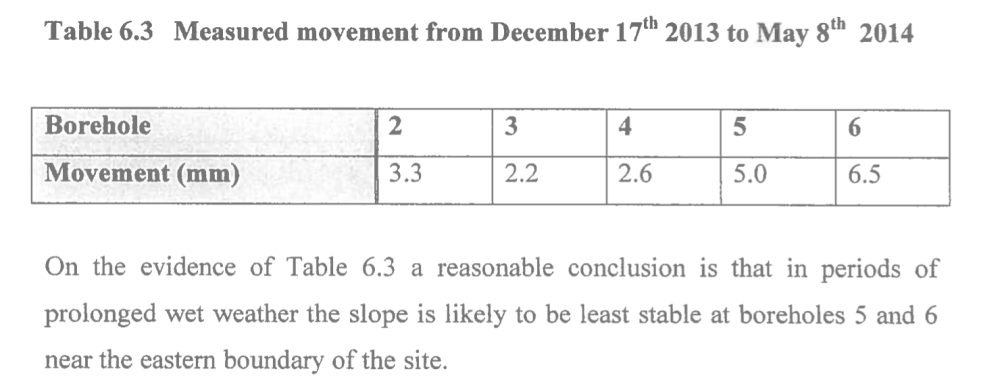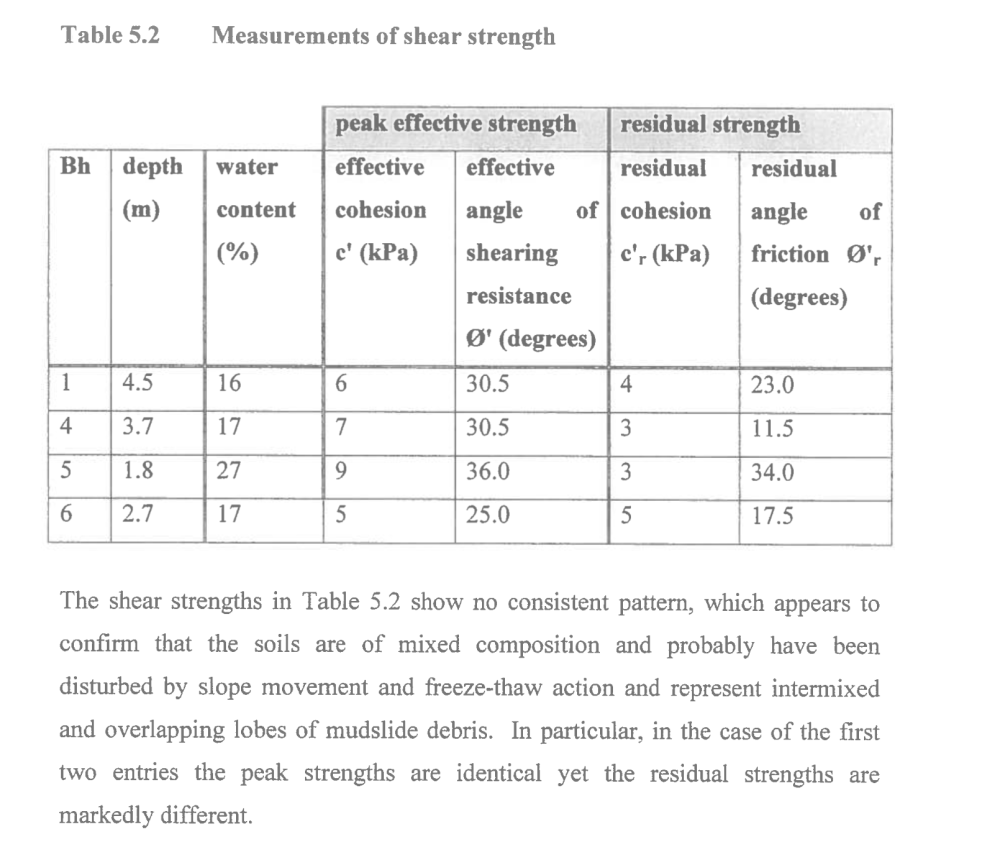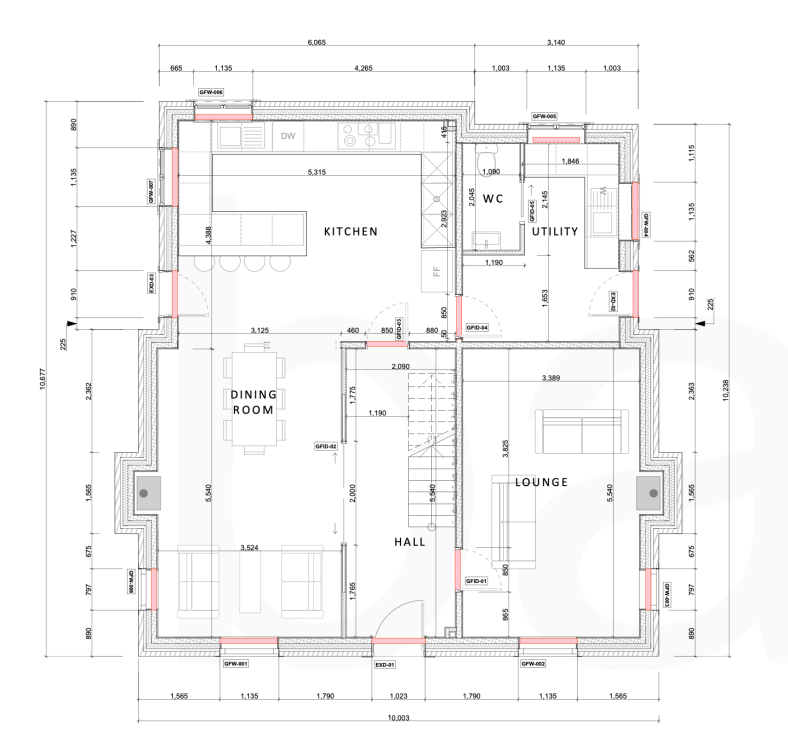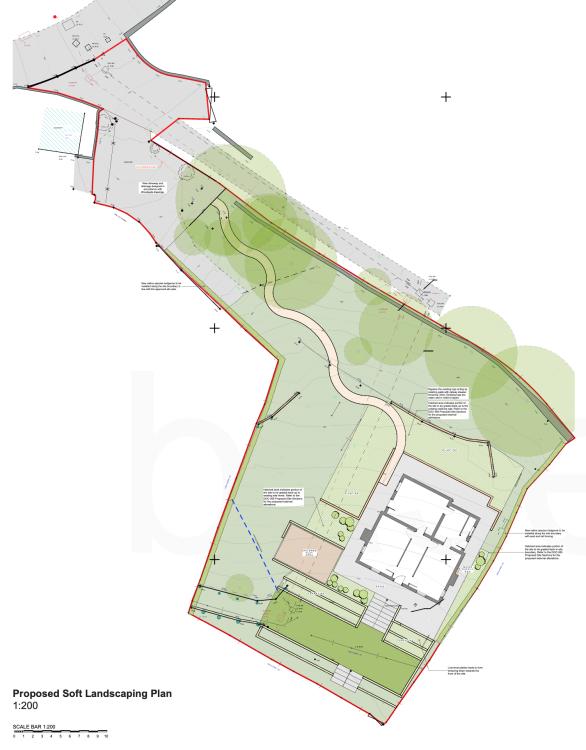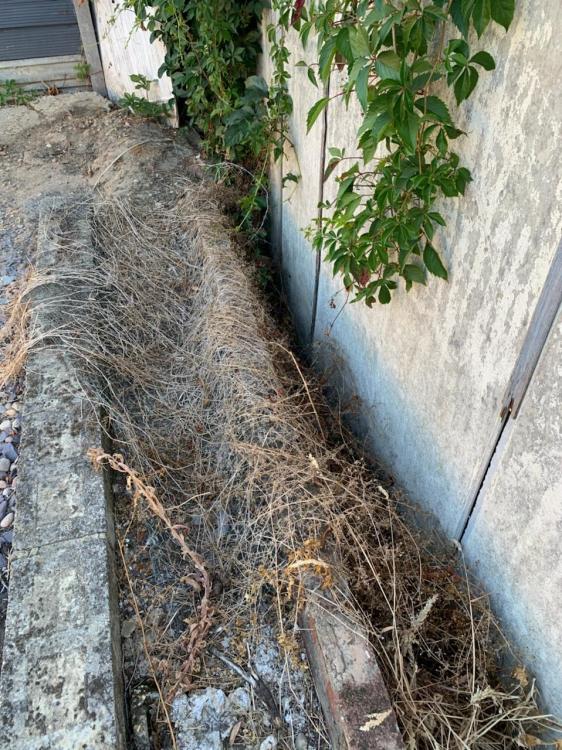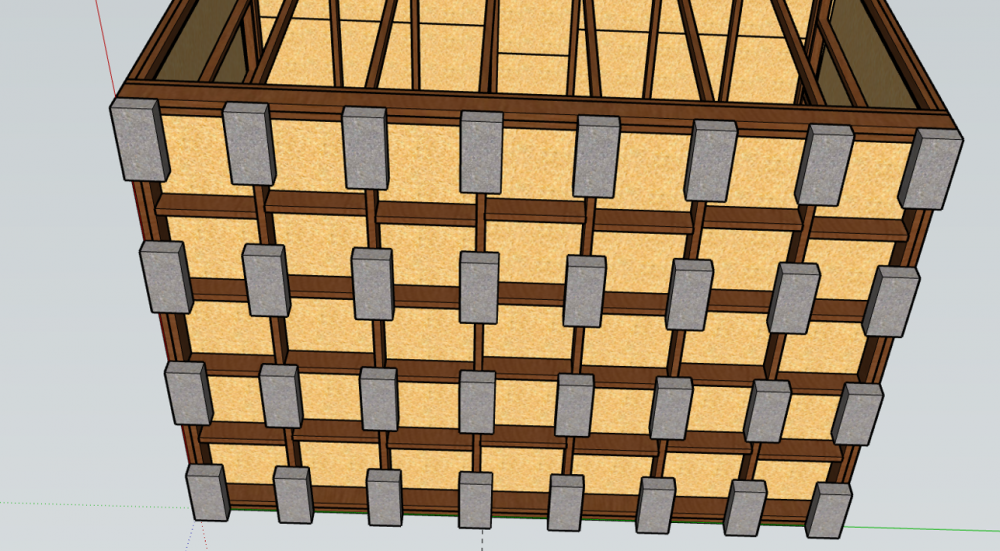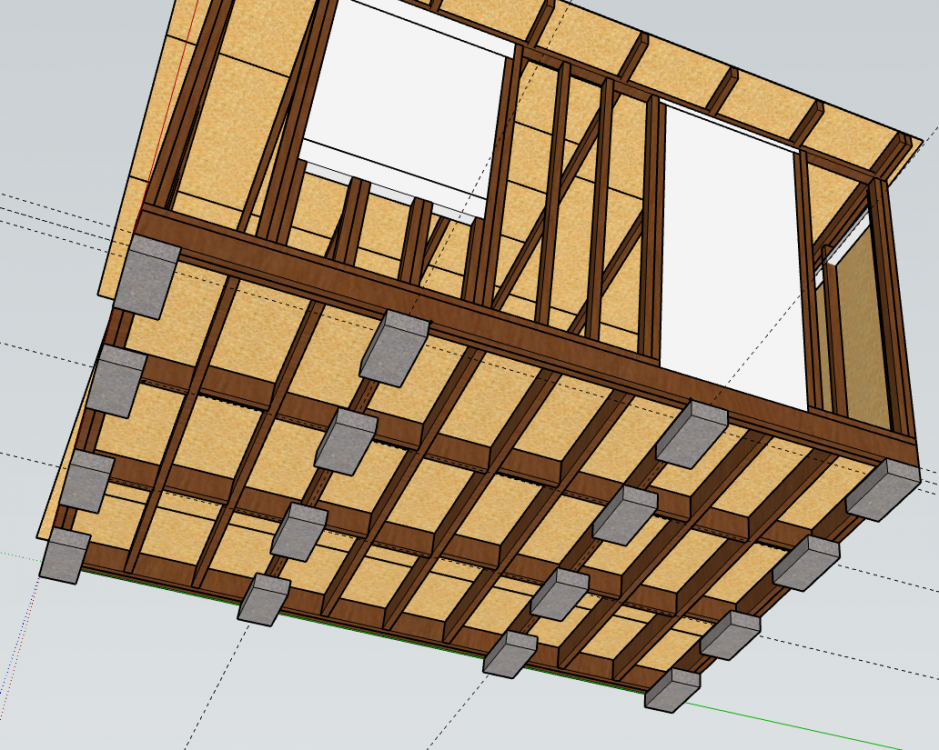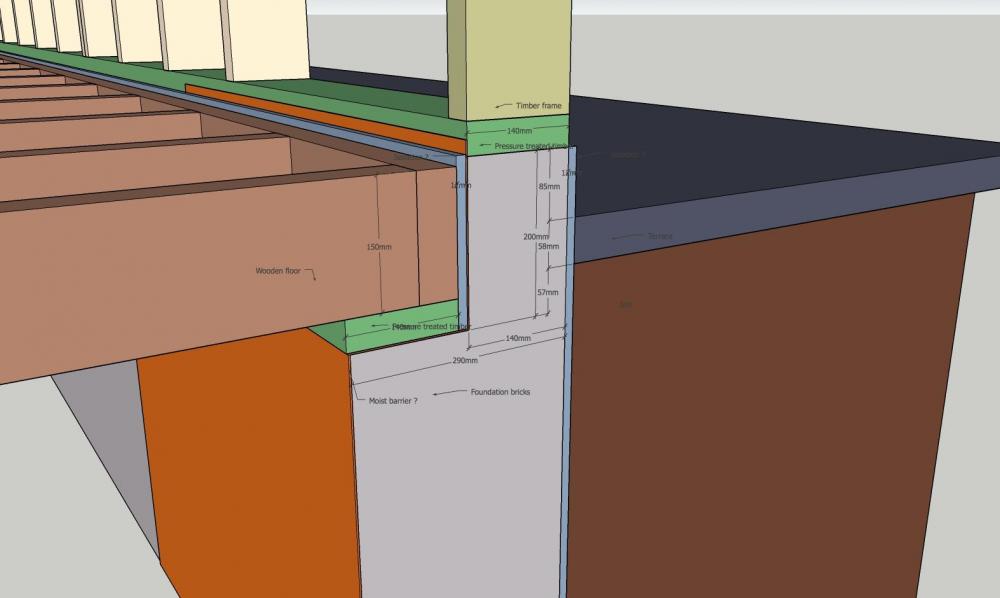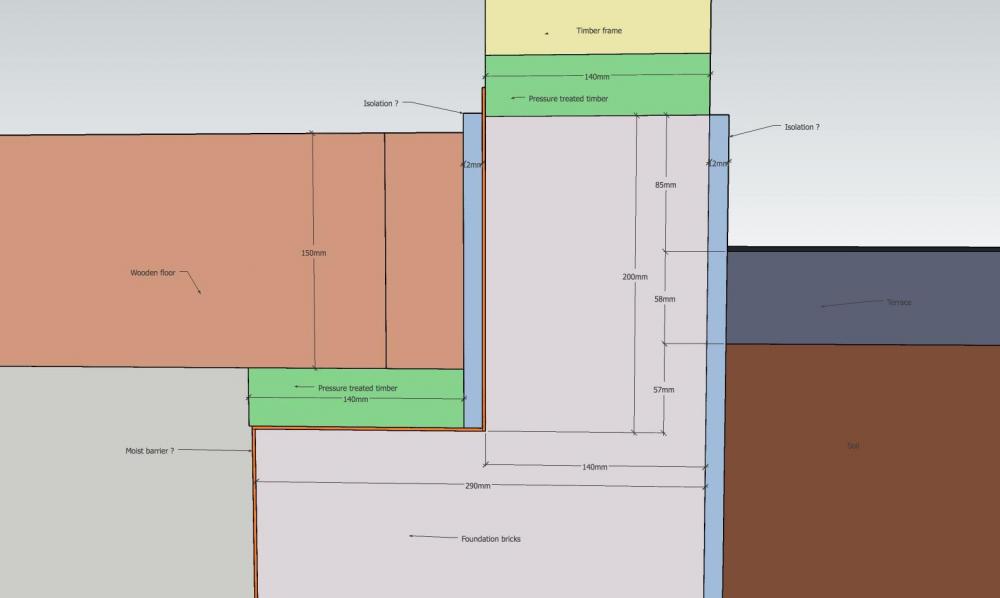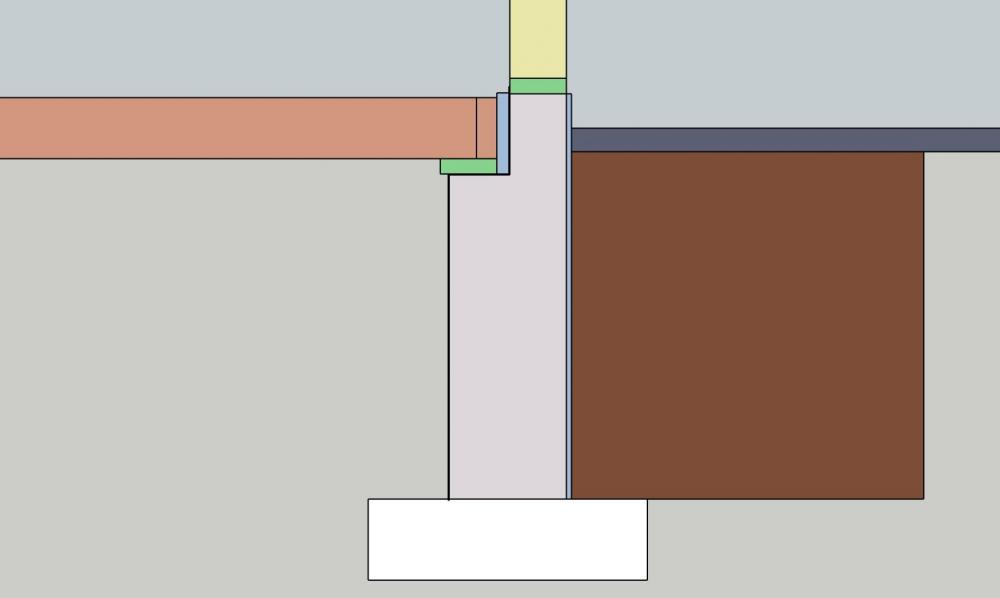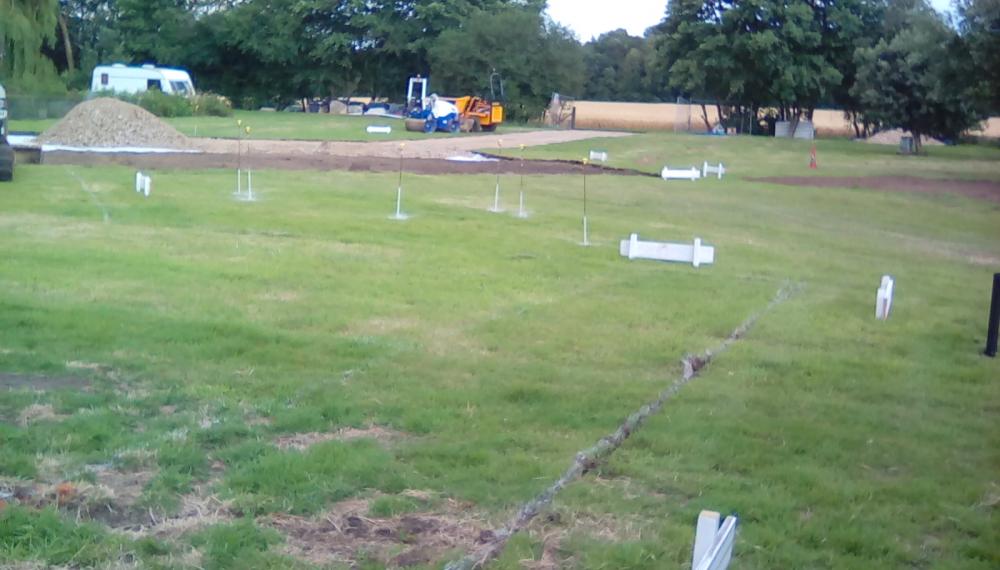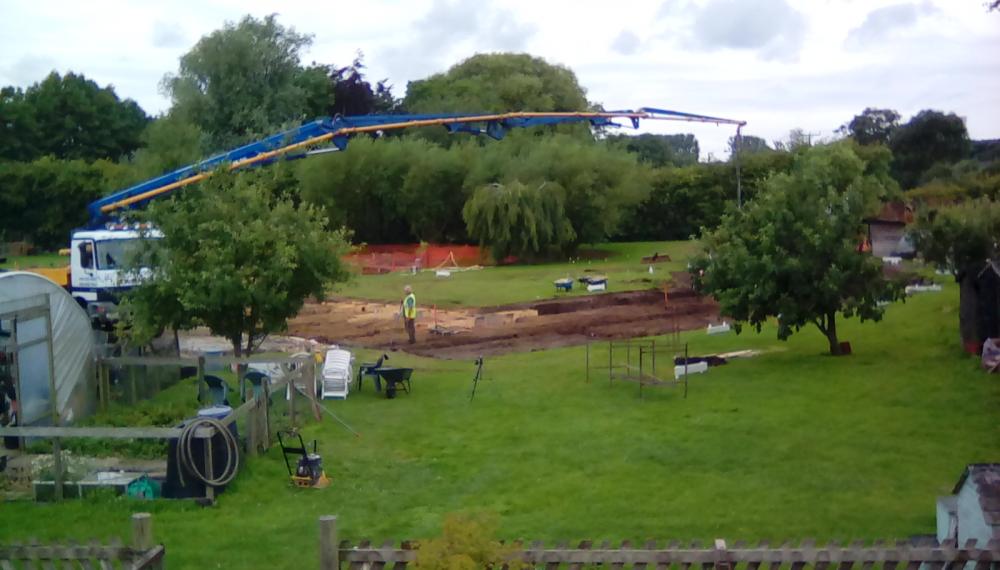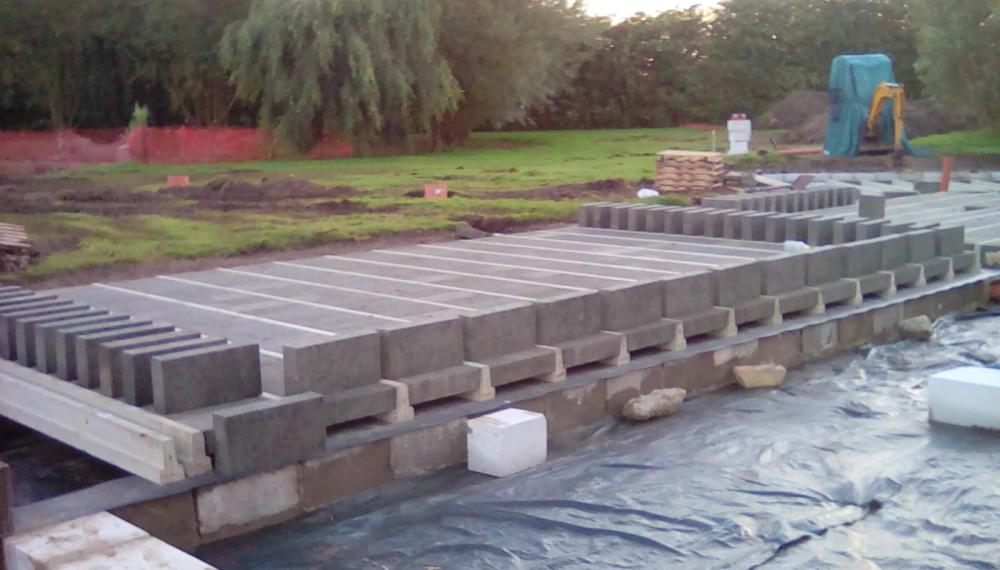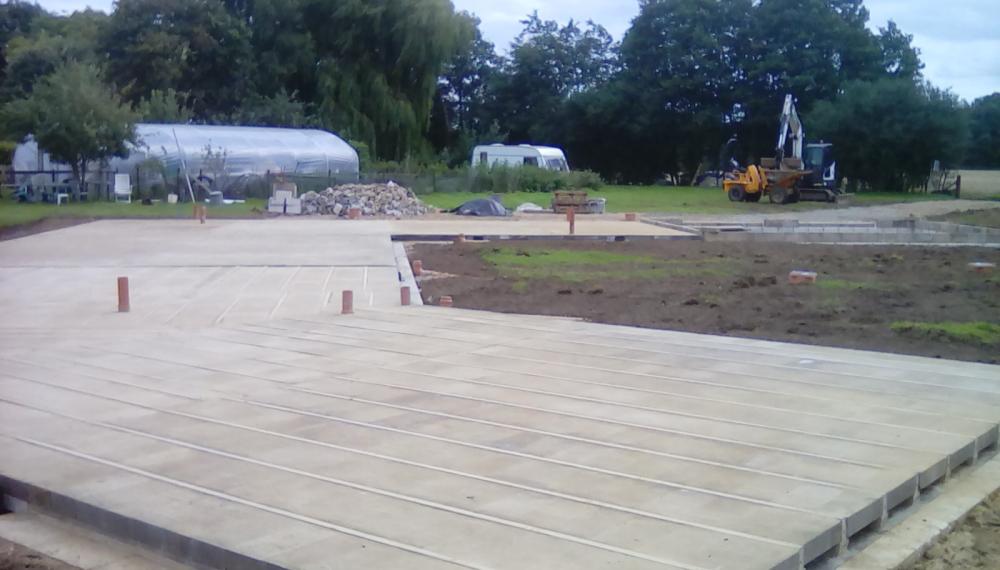Search the Community
Showing results for tags 'foundation'.
-
Hi everyone. I'm working on the detail for my entrance doors. My slab is an insulated structural raft with XPS300 upstands that will join with the MBC Twin Wall frame system. The doors will sit in the middle of this wall. My modelling indicates that the door thresholds will be mostly, if not comp...
- 11 replies
-
- foundation
- passivhaus
-
(and 1 more)
Tagged with:
-
Hello, First time post. I have put my questions in bold as appreciate this is a beefy post. I convinced myself and everyone else that I could dig and pour footings on a rear single story extension. (I work in an office). Long story short, when the brick layer said “fill her up, I had the footi...
- 7 replies
-
- foundations
- foundation
-
(and 2 more)
Tagged with:
-
I'm building an extension (basically corridor) between my house and a detached garage I plan on converting. The trenches at 600mm wide leave just a small strip in the middle. Aside from the cost of concrete, is there any reason for this to be 2 trenches or could I just excavate the lot...
- 4 replies
-
- concrete
- foundation
-
(and 1 more)
Tagged with:
-
Hey Guys, Im a Uni Student studying ATD, was wonderings if anyone would be willing to have a look at at some drawings I've produced, Im sure they have lots of errors and I was hoping to minimise them, thanks for your time and any help advice, is much appreciated. The First Detail is a C...
- 7 replies
-
- details
- curtain walling
-
(and 3 more)
Tagged with:
-
I'm building a small extention which will be a link between the main house and a detached garage. The garage sits ~45cm higher than the house so the foundations have been designed to be stepped. When it comes to building, does it make sense to cut the trench directly out of the concrete...
-
Hi All, I was hoping that I would be able to get some friendly advice which would help us decide on a sensible solution for the foundation design on our self build. During the planning phase we had an investigative ground survey, The report which was very extensive involving...
-
I have a large concrete base at the bottom of my garden which is approx 40m2. I would like to build an outbuilding made of bricks at the side and breeze blocks at the front and back. I would also like to build a cavity wall to ensure the building is well insulated. When looking at pictu...
- 5 replies
-
- foundation
- garage
-
(and 1 more)
Tagged with:
-
I am in the process of final bits of design on my self build garden office. However I have hit a conundrum and can’t seem to find any advice online as to how many concrete blocks plinths I need for my foundations. The building is to be made from timber as you will see below. How many co...
- 15 replies
-
- foundation
- foundations
-
(and 2 more)
Tagged with:
-
Hi I am starting on Selfbuild Journey. We recently bought a banglow built in 1960s on a very clayee place with existing foundations between 400mm and 1m. There has been no movement/cracks. Good old days..... but it wont pass the building regs these days and we want to build on top. Hence, starting a...
- 38 replies
-
- selfbuild
- experimental
-
(and 5 more)
Tagged with:
-
Hello, trying to figure out a possible wooden floor on foundation construction. Given limitations on allowed building height, I'm trying to win as much vertical space as possible. One thing that could help in this is lowering the ground floor as much as possible, and I have come up...
- 9 replies
-
- foundation
- ground level
-
(and 2 more)
Tagged with:
-
Good morning all, I have a few questions regarding a raft foundation. I am building a temporary structure in the fom of a mobile home whilst i get the main construction underway. The site is exposed and in the windiest area in Europe as such instad of piers i deci...
-
Hello. My wife and I are in the process of purchasing some land in Durham. As with most land up these parts, it's been mined, and there is a coal seam 11.5m down, 1m in depth. We have quotes to grout the land, one at 21k and one at 27k, however this is fixed price...
- 5 replies
-
- coal
- foundation
-
(and 3 more)
Tagged with:
-
Hello I am wanting to extend my kitchen (flat roof) by 2m but there is a soil pipe on the wall which needs to be demolished. The soil pipe is from the upstairs bathroom (house has a pitched roof upstairs like a loft conversion). Soil pipe runs up the wall and then goes up into the eaves...
-
I have been gathering prices from the usual suspects (Kore, isoquick, Izodom) for my insulated raft foundation. I thought i was up to speed however Kore has just thrown me off a little with the engineering costs sheet they supplied. (See attached) and below for the two specific paragraphs. So when w...
- 12 replies
-
I need to finalise this for our timber frame company prior to them installing the raft foundation (they will also site the service ducts and drains). I understand that mains water needs to come in through a 110mm duct/drain pipe to allow space to insulate the main. I want water to go ba...
- 16 replies
-
- services
- penetrations
-
(and 1 more)
Tagged with:
-
Hi, first post on these forums. Our building project has got to the stage where foundation trenches have been poured and block & beams are supported on blockwork. Before we go on, the ground has proved very difficult - heavy clay on a sloping site and water frequently pools on top of the foundation...
-
The slab team from MBC arrived on site this morning. It's like having the building version of whirling dervishes who've just dropped a few speedballs. My word, they make progress! The team is headed up by Harry and he has 3 others in his team, but this will fluctuate a little over the...
-
Spent the weekend setting out our house. Hired a theodolite. Turns out theodolites have gone digital in the 23 years since we last used one ? but a You Tube video helped and we spent a joyous 3 hours setting out all the corners of the house. Amazingly, we have dug pretty much in the right pla...
-
As I'm getting the roof taken off the bungalow next week, I thought that I had best get my site insurance sorted out. When I was ringing around for quotes, every organisation asked whether the build would need piles in the foundations to which I answered in the negative as I had not heard anything...
- 2 comments
-
Good Afternoon All. I seem to be progressing on my new build and I should have the Building Regs documents back from Potton in a few weeks. I am going to put them with my own drainage layout and Bingo ..the lorries can roll (or so i thought) After a talk this morning...
- 4 replies
-
- foundation
- block and beam
-
(and 1 more)
Tagged with:
-
Hello Everyone, I am progressing with some quotes for the foundations for my Potton home. I must admit, the prices have me a little daunted as they seem to be a lot MORE than I was told about 6 months ago. I am not suggesting I am getting "shafted" but I want to run it past you guys...
- 13 replies
-
- foundation
- timber frame
-
(and 3 more)
Tagged with:
-
Can anyone remind where I can find the post discussing how many ducts to put in before pouring slab as I cannot find it. I have so far: Main electrical incoming supply Telecoms (Phone and Tv for exterior aerial) Power to garage...
-
Thanks to the members of buildhub for the constructive advice and a good ground worker we have managed to get our foundations in. The archeological watching brief wasn't the problem we had feared and nothing was found to delay this first step of our build.
-
I've realized we have the available height to add an additional sheet of insulation under our 100mm ground floor slab. Originally I had planned on using 2 x 100mm EPS70 with the DPM underneath as stated by Jabfloor. If I add an additional 100mm sheet on the bottom would there be any issues using it...

